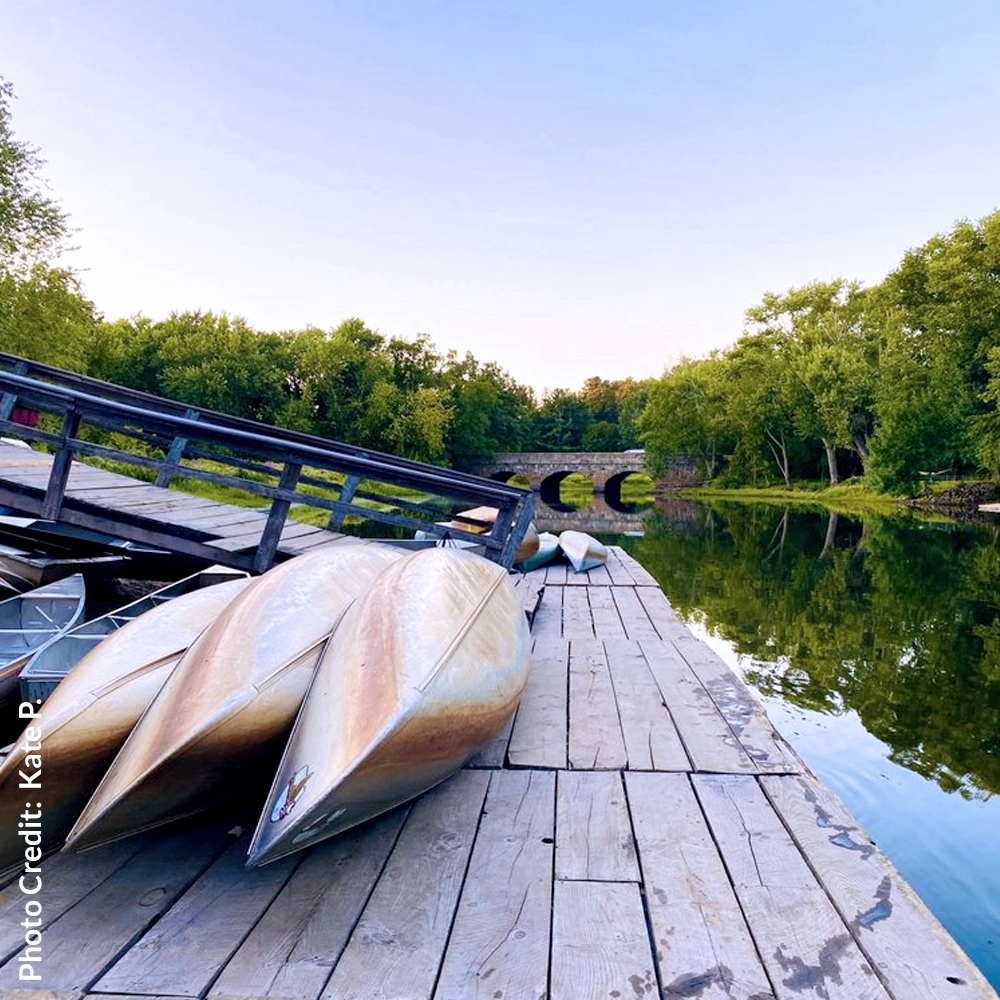Recreation
Recreation on the Sudbury, Assabet, & Concord Rivers



Discover the natural beauty and outdoor adventure waiting for you in the Sudbury, Assabet, and Concord rivers and their surrounding watershed. Flowing through historic towns, lush wetlands, and protected wildlife habitats, these rivers offer a peaceful escape for paddlers, anglers, hikers, and nature lovers. Whether you’re looking for a serene paddle, a family-friendly river walk, or a new way to connect with nature, the SuAsCo rivers have something for everyone.
Explore Our 3 Rivers
Discover the beauty of the Sudbury, Assabet, and Concord rivers with our detailed river maps! Whether planning a paddle, a hike along the shoreline, or a scenic outing, these maps provide everything you need to navigate and enjoy the watershed.
Each map highlights key features such as access points, dams, portages, and nearby amenities, with GPS-compatible details to help you plan your adventure.
Ready to dive in? Visit our River Maps page to explore or download maps tailored to your journey.
Join the Adventure with Now That’s Paddling!
Want to paddle more, explore more, and connect more with your local rivers? OARS’ Now That’s Paddling! initiative offers a range of experiences for paddlers of all levels. Whether you’re setting out to complete the 86 Miles Club, joining a group paddle, or leading a cleanup as a River RAT, there’s a way for everyone to get involved.
Find your next river adventure and become a part of this growing community of river enthusiasts!
Canoe and Kayak Rental Locations

Need gear? These locations offer rentals for your next adventure:
Located in Concord, offering easy access to serene paddling routes
Ice House Landing Kayak Rental Station
Town of Maynard’s convenient kayak rental station
Perfect for exploring Cochituate State Park Lake
Hopkinton State Park Reservoir
A picturesque spot for beginners and families
Concord River Rafting Trip
Seasonal, early spring whitewater rafting on the Concord River
GET INVOLVED
OARS depends on YOU to keep our rivers clean and protected. Check out the many different ways you can get involved
EXPLORE HOW YOU CAN HELPOUR RIVERS
Learn more about the three rivers that bring our the SuAsCo watershed and our community to life
THE SuAsCO RIVERSPHOTOGRAPHY
Explore our vibrant photo galleries and relive the moments from OARS events and our community photographers' stunning captures
VIEW PHOTO GALLERYDONATE
Help ensure the health and resilience of our three Rivers for future generations by giving a today, work depends on you!
GIVE TODAY
